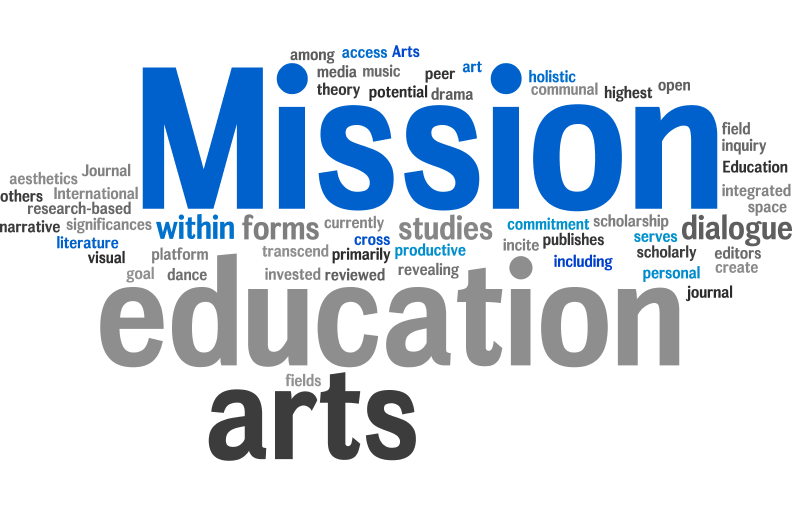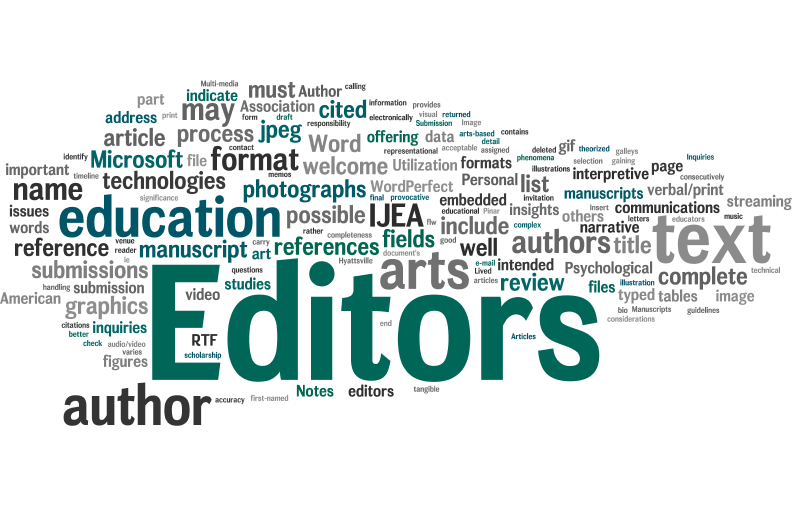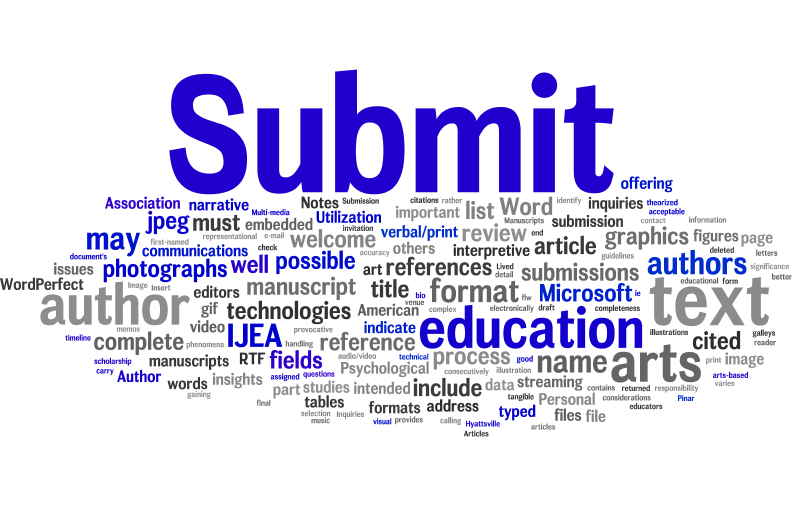| Volume 17 Number 11 | April 14, 2016 |
An Equitable Balance: Designing Quality Thinking Systems in Art Education
Delane Ingalls Vanada
University of North Carolina at Charlotte, USA
Citation: Ingalls Vanada, D. (2016). An equitable balance: Designing quality thinking systems in art education. International Journal of Education & the Arts, 17(11). Retrieved from http://www.ijea.org/v17n11/.
Abstract
Dynamic learning environments in the arts that nurture all students’ capacities for deep meaning, synthesis and connection-making have the best chance of standing in the gap toward educational justice. New paradigms for teaching and learning are needed that elevate all students’ capacities—not just the select few who excel in narrow subsets of intelligence. This article argues for a more socially just and equitable education that can be realized through and within cultures of thinking that develop students’ balanced intelligence.
A mixed model, research study conducted in visual art classrooms is highlighted, reporting the positive effect of balanced, learner-centered pedagogy and environments on the development of students’ quality thinking and dispositions. More learner-centered classrooms also positively affected students’ self-beliefs. This study resulted in new assessments for measuring students’ balanced thinking skills and dispositions, as well as an emerging theory of “Quality Thinking Systems” (Ingalls Vanada, 2011).
Visual Abstract




